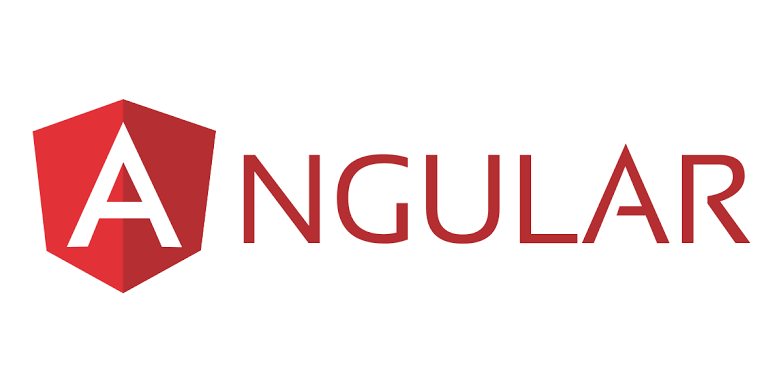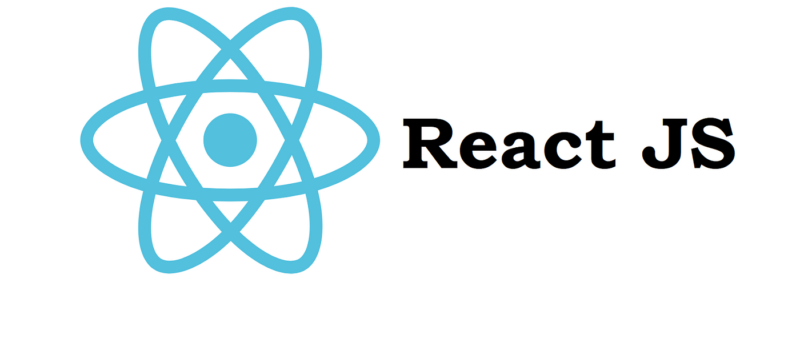Top JavaScript frameworks: a short guide
Programming websites and web applications always begin with the choice of technology based on which the project will be created. Java Script is still the most popular language for use on the server and client sides, which front-end developers worldwide eagerly use. It is worth getting acquainted with the advantages and disadvantages of the three most popular JavaScript libraries: Angular, React, and Vue (React, Vue, and build websites with Django are widespread nowadays).
How are these frameworks different, and what are their advantages and disadvantages?
Angular
 This framework, based on TypeScript, was created in 2010 at Google headquarters and has been constantly developed and supported by it ever since. It enables the extremely efficient rendering of projects because it works in a browser and based on HTML, so it does not require sending queries to the server. In addition, it has extensive routing tools and allows easy management of form validation.
This framework, based on TypeScript, was created in 2010 at Google headquarters and has been constantly developed and supported by it ever since. It enables the extremely efficient rendering of projects because it works in a browser and based on HTML, so it does not require sending queries to the server. In addition, it has extensive routing tools and allows easy management of form validation.
Advantages
- Speed. Angular is equipped with custom templates and components that enable you to build various projects, from simple sites to extensive and complicated web applications.
- Self-sufficiency. Angular has extensive toolkits that are entirely self-sufficient even in the most complex projects, so you do not have to look for solutions regarding, for example, rooting outside the framework.
- High code standard. The library allows you to write code of the highest quality, which is why it is most often chosen for enterprise projects, where high scalability, high degree count security, and proven, modular structure.
Disadvantages
- The highest entry threshold. Angular belongs to libraries designed for experienced programmers who know Java Script very well and TypeScript, which significantly expands its capabilities.
- Efficiency. As the application expands, the performance of the project built in Angular decreases significantly, causing serious problems with the speed of its loading.
React.js

This open-source software appeared in 2013 thanks to Facebook. It was made to create modern interfaces of graphic applications using components that greatly improve the work on the construction of the project, and thanks to high efficiency, they work well in applications with high traffic.
Advantages
- Average entry threshold. You need to know JavaScript at the intermediate level to be able to start working on React-based projects in a short time.
- Stability. It is a mature framework that ensures high efficiency. In addition, it brings together one of the largest communities, which offers quick help in solving problems.
- Declarative code. Once created, the code can be used repeatedly without any problems, also between different applications.
Disadvantages
- Flexibility. React is constantly developed, which may turn out to be a problem for programmers who are not used to constantly updating their knowledge. The multitude of changes made and extraordinary flexibility can overwhelm a less experienced front-end.
- Complicated. Although React and JSX themselves are relatively easy to master, the problem arises when you need to use advanced programming patterns that require many elements, such as Redux, Hooks, Context API, and many others to be used.
- Positioning. React has a very positive effect on the website’s speed, but Google algorithms may encounter a problem with the correct reading of page dynamics.
Vue.js

This is the youngest Java Script framework. It was created in 2016 by a former Google employee. What distinguishes it the most is the combination of some of the possibilities of Angular and React and the extraordinary simplicity of creating modern websites and web applications.
Advantages
- Speed and efficiency. These are the basic advantages of Vue, which determine its choice for both single-page and multi-page projects, for which extraordinary loading speed counts.
- Lowest entry threshold. The framework has many intuitive functions. Thanks to this, it is possible to create interesting projects, even for novice programmers with less specialized knowledge than in the case of Angular.
- Flexibility. This is the most flexible and relatively hassle-free framework, which is based on simple components and templates. It assumes a one-way data flow, has clear code, and offers many interesting functionalities.
Disadvantages
- Lack of support. There is no large corporation behind Vue, so it often raises concerns among programmers who do not want to give up their habits and start working with something new and unknown. It is worth adding, however, that this trend is reversed, and this framework is increasingly appreciated.
- Flexibility. Although on the one hand, it is a huge advantage, on the other hand, the multitude of choices of components can cause a lot of problems during the implementation of a large project, on which many programmers work, each of whom uses different work practices.
Conclusion
The answer to the question of which Java Script framework to choose: Angular, React, or Vue, is not simple and unambiguous. First of all, it is worth focusing on thorough learning JS – the excellent knowledge will facilitate work with any framework and eliminate many potential difficulties.
Only then should we determine what our expectations and needs are and which of them each technology offers so that they can be adapted to the requirements of each project as much as possible.
